.
10 Great Poems for Teaching in High School Classrooms
by James Sale
.
1. Language with a Twist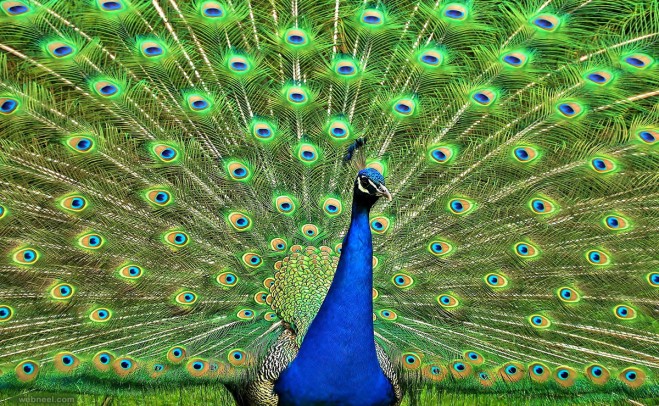
.
I Saw a Peacock…
I saw a Peacock with a fiery tail
I saw a blazing comet drop down hail
I saw a Cloud with Ivy circled round
I saw a sturdy Oak creep on the ground
I saw a Pismire swallow up a whale
I saw a raging Sea brim full of Ale
I saw a Venice Glass sixteen foot deep
I saw a Well full of men’s tears that weep
I saw their eyes all in a flame of fire
I saw a House as big as the Moon and higher
I saw the sun even in the midst of night
I saw the Man that saw this wonderous sight.
—Anon (17th century)
.
What extraordinary sights! Poetry helps us to notice or imagine all the wonder of the world. One student reads a line, and then another student the next. But, are all these sights possible? Discuss. Also, consider the language: what is a pismire? Can an ant swallow a whale?
Draw a picture for one of the lines. Then write a poem with every line beginning, “I saw …” Make your sights as extraordinary as possible.
Poetry manages to contain wonder AND sense. Let’s read the poem again, but like this:
.
I saw a Peacock.
With a fiery tail, I saw a blazing comet.
Drop down hail, I saw a Cloud.
With Ivy circled round, I saw a sturdy Oak.
Creep on the ground, I saw a Pismire.
Swallow up a whale, I saw a raging Sea.
Brim full of Ale, I saw a Venice Glass.
Sixteen foot deep, I saw a Well.
Full of men`s tears that weep, I saw their eyes.
All in a flame of fire, I saw a House.
As big as the Moon and higher, I saw the sun.
Even in the midst of night, I saw the Man that saw this wonderous sight.
.
Does it make more sense now? How? Why was it written out in the first way?
Repeating “I saw” in each line makes the poem easy to remember. Try to learn it by heart.
.
.
2. Getting to Grips with Personification
Personification is when someTHING is said to be someONE.
Read the poem through three or four times. How many personifications can you find?
.
.
The Villain
While joy gave clouds the light of stars,
That beamed where’er they looked;
And calves and lambs had tottering knees,
Excited, while they sucked;
While every bird enjoyed his song,
Without one thought of harm or wrong—
I turned my head and saw the wind,
Not far from where I stood,
Dragging the corn by her golden hair,
Into a dark and lonely wood.
—W.H. Davies (1871-1940)
.
The first six lines are happy and joyful. Pick out the words that make it like this.
The last four lines are scary. Pick out the words that make it scary.
Describe your feelings about the last four lines.
The wind is a villain dragging the beautiful girl (the corn) into a dangerous wood.
Complete these lines:
The snow is a … [doing what?] … [where?]
The rain is a … [doing what?] … [where?]
The thunder is … [doing what?] … [where?]
Choose one of your sentences and use it in a poem as an example of personification.
.
3. Syllable Counting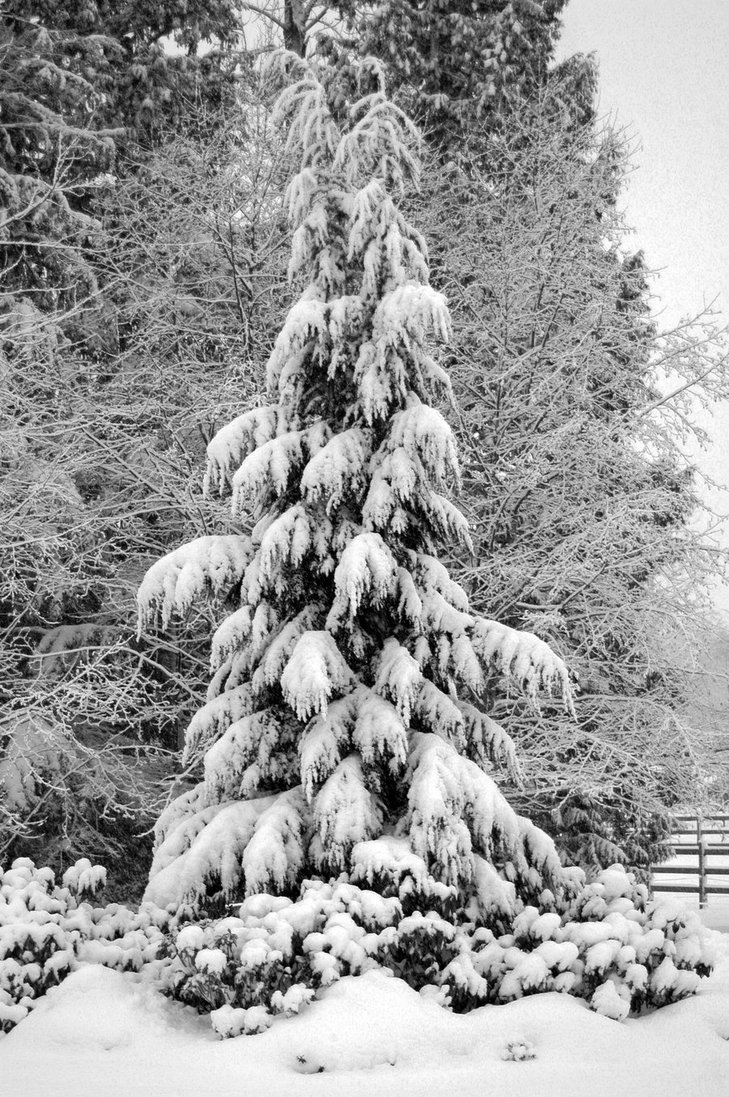
.
Triad
These be
Three silent things:
The falling snow … the hour
Before the dawn … the mouth of one
Just dead
—Adelaide Crapsey (1878-1914)
.
Check the number of syllables for each line. A cinquain builds to a climax in line 4 with a sudden short last line, which creates a great punchline! Try building your own. Here are some opening starters:
Just now …
At noon …
Again …
Or use your own two syllable starter.
.
.
4. Inventing Words (Neologisms)
.
Jabberwocky
‘Twas brillig, and the slithy toves
Did gyre and gimble in the wabe;
All mimsy were the borogroves,
And the mome raths outgrabe.
“Beware the Jabberwock, my son!
The jaws that bite, the claws that catch!
Beware the Jubjub bird, and shun
The frumious Bandersnatch!”
He took his vorpal sword in hand:
Long time the manxome foe he sought—
So rested he by the Tumtum tree,
And stood awhile in thought.
And as in uffish thought he stood,
The Jabberwock, with eyes of flame,
Came whiffling through the tulgey wood,
And burbled as it came!
One, two! One, two! And through and through
The vorpal blade went snicker-snack!
He left it dead, and with its head
He went galumphing back.
“And hast thou slain the Jabberwock?
Come to my arms, my beamish boy!
O frabjous day! Callooh! Callay!”
He chortled in his joy.
‘Twas brillig, and the slithy toves
Did gyre and gimble in the wabe;
All mimsy were the borogroves,
And the mome raths outgrabe.
—Lewis Carroll (1832-1898)
.
This poem has quite a few neologisms in it. Lewis Carroll invented the term portmanteau words for where two words come together to form a new one. There are many of them in the English/American language:
.
motel – motor and hotel
brunch – breakfast and lunch
smog – smoke and fog
bit (computing) – binary and digit
blotch – blot and botch
.
and many more. You might want to consider creating your own!
Find the portmanteau words in Jabberwocky made from these words:
.
Lithe and slimy
Galloping and triumphant
Chuckled and snorted
.
What do you think these words mean: frumious, vorpal, manxome, uffish and beamish? Try writing a poem with some of your own portmanteau words.
.
.
5. Choice of Diction and Alliteration
.
Pick the words that you think work best in the poem at lines 2 and 7:
.
.
Nothing Gold Can Stay
Nature’s first green is gold,
Her hardest [color, shade, hue, tint] to hold.
Her early leaf’s a flower;
But only so an hour.
Then leaf subsides to leaf.
So Eden sank to grief,
So [sun-up, sunrise, morning, dawn] goes down to day.
Nothing gold can stay.
—Robert Frost (1874-1963)
.
Reading this poem through, which word did the poet choose out of the four synonyms on offer in lines 2 and 7? Why are they the best words to choose?
.
.
6. Hearing the Rhymes.
.
Piazza Piece
—I am a gentleman in a dustcoat trying
To make you hear. Your ears are soft and small
And listen to an old man not at all,
They want the young men’s whispering and sighing.
But see the roses on your trellis dying
And hear the spectral singing of the moon;
For I must have my lovely lady soon,
I am a gentleman in a dustcoat trying.
—I am a lady young in beauty waiting
Until my truelove comes, and then we kiss.
But what grey man among the vines is this
Whose words are dry and faint as in a dream?
Back from my trellis, Sir, before I scream!
I am a lady young in beauty waiting.
—John Crowe Ransom (1888-1974)
.
Pick out the feminine rhymes (where the last syllable of the line is unstressed). Now see the effect of these feminine rhymes by substituting monosyllabic (masculine) rhymes in the poem. The first line might be “I am a gentleman in a dustcoat who tries …” What does this change do?
Masculine rhymes occur when words of one syllable rhyme, or when words of two syllables rhyme but the stress is on the second syllable, as in these words: conceit, defeat, concern, return, invade, replayed.
The rhyme is feminine when the first syllable is stressed, as in these words: trying, sighing, dying.
The effect of this is to create a “dying fall” effect: the stressed syllable first has a heavy sound; unstressed syllable second has a light sound; so heavy to light creates a decreasing or dying sound effect.
This makes feminine rhymes useful when: writing about a subject involving a some dying fall idea—for example the seasons, death, loss; also, it allows the poet to write of these but keep a light, almost breezy atmosphere.
Who is the “gentleman” in “Piazza Piece?” Why is he in a dustcoat? What have roses dying and spectral singing to do with his presence?
The poem is somber and chilling: the gentleman is Death himself coming to destroy youth and beauty. But the atmosphere is still gay and jokey. Would it be so without the feminine rhymes?
.
.
7. Hearing the Meter
.
Stopping by Woods on a Snowy Evening
Whose woods these are I think I know.
His house is in the village though;
He will not see me stopping here
To watch his woods fill up with snow.
My little horse must think it queer
To stop without a farmhouse near
Between the woods and frozen lake
The darkest evening of the year.
He gives his harness bells a shake
To ask if there is some mistake.
The only other sound’s the sweep
Of easy wind and downy flake.
The woods are lovely, dark and deep,
But I have promises to keep,
And miles to go before I sleep,
And miles to go before I sleep.
—Robert Frost (1884-1963)
.
The secret of finding rhythm in a poem is to listen. Once the rhythm is regularized it becomes what we call meter. The most common meter in English language poetry is called iambic meter, and what it means is that one syllable is unstressed, but is followed by a syllable that is stressed.
Take these two words: arise and falling. Arise has the stress on the second syllable, aRISE, whereas falling has the stress on the first: FALLing. The pattern, or we could say the meter, is reversed. The reverse pattern is called trochaic. The iambic is an up pattern; the trochaic is a down pattern.
Copy out the first verse of Frost’s poem and indicate where the stressed syllables are. What sort of pattern or meter is it?
Also, notice the repetition of the last two lines. What is the effect of that repetition?
.
.
8. Telling Stories (Narratives)
.
Flannan Isle
Though three men dwell on Flannan Isle
To keep the lamp alight,
As we steered under the lee, we caught
No glimmer through the night.
A passing ship at dawn had brought
The news; and quickly we set sail,
To find out what strange thing might ail
The keepers of the deep-sea light.
The Winter day broke blue and bright,
With glancing sun and glancing spray,
As o’er the swell our boat made way,
As gallant as a gull in flight.
But, as we neared the lonely Isle;
And looked up at the naked height;
And saw the lighthouse towering white,
With blinded lantern, that all night
Had never shot a spark
Of comfort through the dark,
So ghostly in the cold sunlight
It seemed, that we were struck the while
With wonder all too dread for words.
And, as into the tiny creek
We stole beneath the hanging crag,
We saw three queer, black, ugly birds—
Too big, by far, in my belief,
For guillemot or shag—
Like seamen sitting bolt-upright
Upon a half-tide reef:
But, as we neared, they plunged from sight,
Without a sound, or spurt of white.
And still too ‘mazed to speak,
We landed; and made fast the boat;
And climbed the track in single file,
Each wishing he was safe afloat,
On any sea, however far,
So it be far from Flannan Isle:
And still we seemed to climb, and climb,
As though we’d lost all count of time,
And so must climb for evermore.
Yet, all too soon, we reached the door—
The black, sun-blistered lighthouse-door,
That gaped for us ajar.
As, on the threshold, for a spell,
We paused, we seemed to breathe the smell
Of limewash and of tar,
Familiar as our daily breath,
As though ‘t were some strange scent of death:
And so, yet wondering, side by side,
We stood a moment, still tongue-tied:
And each with black foreboding eyed
The door, ere we should fling it wide,
To leave the sunlight for the gloom:
Till, plucking courage up, at last,
Hard on each other’s heels we passed,
Into the living-room.
Yet, as we crowded through the door,
We only saw a table, spread
For dinner, meat and cheese and bread;
But, all untouched; and no one there:
As though, when they sat down to eat,
Ere they could even taste,
Alarm had come; and they in haste
Had risen and left the bread and meat:
For at the table-head a chair
Lay tumbled on the floor.
We listened; but we only heard
The feeble cheeping of a bird
That starved upon its perch:
And, listening still, without a word,
We set about our hopeless search.
We hunted high, we hunted low;
And soon ransacked the empty house;
Then o’er the Island, to and fro,
We ranged, to listen and to look
In every cranny, cleft or nook
That might have hid a bird or mouse:
But, though we searched from shore to shore,
We found no sign in any place:
And soon again stood face to face
Before the gaping door:
And stole into the room once more
As frightened children steal.
Aye, though we hunted high and low,
And hunted everywhere,
Of the three men’s fate we found no trace
Of any kind in any place,
But a door ajar, and an untouched meal,
And an overtoppled chair.
And, as we listened in the gloom
Of that forsaken living-room—
A chill clutch on our breath—
We thought how ill-chance came to all
Who kept the Flannan Light:
And how the rock had been the death
Of many a likely lad:
How six had come to a sudden end,
And three had gone stark mad:
And one whom we’d all known as friend
Had leapt from the lantern one still night,
And fallen dead by the lighthouse wall:
And long we thought
On the three we sought,
And of what might yet befall.
Like curs, a glance has brought to heel,
We listened, flinching there:
And looked, and looked, on the untouched meal,
And the overtoppled chair.
We seemed to stand for an endless while,
Though still no word was said,
Three men alive on Flannan Isle,
Who thought, on three men dead.
—W.W. Gibson (1878-1962)
.
According to All Poetry: “Flannan Isles, also known as The Seven Hunters, is an uninhabited archipelago located 15-miles northwest of Lewis (Hebrides) island. Before the Flannan Isle Lighthouse was built, The Seven Hunters were a hazardous group of isles so named for destroying ships en route to Scottish Ports.
“The Flannan Isle lighthouse was built in by 1899 by David Alan Stevenson and Charles Stevenson on Eilean Mor (Big Isle). The disappearance happened one year later; in December 1900, three lighthouse keepers at the new lighthouse mysteriously disappeared.
“It was noticed on 15 December that the light had not been lit in the lighthouse, but bad weather prevented anyone getting to the island until 26 December. The lighthouse tender, the Hesperus, went to the island with a new set of keepers, but the three who were supposed to be there had gone—vanished. The lighthouse was deserted, with the lamps primed and ready for lighting. There was a diary entry made on the morning of 15 December that the lamp should have been lit, but no more.
“Explanations put forward have included a freak wave, and a terrible argument in which two were killed and the murderer committed suicide—but no bodies were ever found. Some accounts say there was a half-eaten meal on the table and that furniture had been overturned. A Board of Inquiry could not come up with an explanation, though the investigations are well documented.”
Read more about the mystery here.
This poem is a gripping story which allows for free rein in terms of imaginative interpretations of what happened. There are free resources for students to research the incident here. After researching, students can write their own poems.
.
.
9. Imagery.
.
I Like to See It Lap the Miles
I like to see it lap the Miles—
And lick the Valleys up—
And stop to feed itself at Tanks—
And then—prodigious step
Around a Pile of Mountains—
And supercilious peer
In Shanties—by the sides of Roads—
And then a Quarry pare
To fit its sides
And crawl between
Complaining all the while
In horrid-hooting stanza—
Then chase itself down Hill—
And neigh like Boanerges—
Then—prompter than a Star
Stop—docile and omnipotent
At its own stable door—
—Emily Dickinson (1830-1886)
.
Boanerges: thunder; a reference to a nickname applied by Jesus to James and John in Mark 3:17 – meaning “sons of thunder.”
Imagery is usually about comparisons, either as similes, where something is said to be like something else (my love is like a red rose), or as metaphors where a comparison is often (but not always) introduced using the verb to be (my love is a red rose).
Sometimes metaphors can be extended, as in Emily Dickinson’s poem. What is the poet looking at and describing? Is it a good comparison? What language usage is particularly evocative or effective? Is there a phrase or clause you particularly notice?
.
.
.
10. Form: Quatrains and Ballads
.
.
Love from the North
I had a love in soft south land,
Beloved through April far in May;
He waited on my lightest breath,
And never dared to say me nay.
He saddened if my cheer was sad,
But gay he grew if I was gay;
We never differed on a hair,
My yes his yes, my nay his nay.
The wedding hour was come, the aisles
Were flushed with sun and flowers that day;
I pacing balanced in my thoughts:
‘It’s quite too late to think of nay.’—
My bridegroom answered in his turn,
Myself had almost answered ‘yea:’
When through the flashing nave I heard
A struggle and resounding ‘nay.’
Bridemaids and bridegroom shrank in fear,
But I stood high who stood at bay:
‘And if I answer yea, fair Sir,
What man art thou to bar with nay?’
He was a strong man from the north,
Light-locked, with eyes of dangerous grey:
‘Put yea by for another time
In which I will not say thee nay.’
He took me in his strong white arms,
He bore me on his horse away
O’er crag, morass, and hairbreadth pass,
But never asked me yea or nay.
He made me fast with book and bell,
With links of love he makes me stay;
Till now I’ve neither heart nor power
Nor will nor wish to say him nay.
—Christina Rossetti (1830-1894)
.
A popular and simple form in English verse is the quatrain. It consists of four lines and often they rhyme abcb as in the example above. They are great for telling a story in a compact and powerful way. There are four iambic stresses per line in Rossetti’s poem, what’s called tetrameter. A common variation of this form is to have four stresses and three stresses in alternating lines (4-3-4-3), and this is called a ballad form or common meter. Many popular songs, such as “Amazing Grace,” employ this form.
“Love from the North” is a poem about the strong attraction of the unfamiliar and dangerous. The woman in the poem prefers to go off with this unknown strong man rather than lead a normal predictable life with a yes-man. This sounds like popular romantic fiction!
What features of the poem make this different from romantic fiction? Discuss other all-too-familiar stories you know of. What stereotypes are in them? To help you, you might consider some of the soap operas on TV or in films that you have seen.
Write your own stereotype story. This could be in the form of a frontpage newspaper report. Convert your story into a poem, using either the tetrameter quatrain form or the ballad form.
.
.
James Sale has had over 50 books published, most recently, “Mapping Motivation for Top Performing Teams” (Routledge, 2021). He has been nominated by The Hong Kong Review for the 2022 Pushcart Prize for poetry, has won first prize in The Society of Classical Poets 2017 annual competition, and performed in New York in 2019. He is a regular contributor to The Epoch Times. His most recent poetry collection is “StairWell.” For more information about the author, and about his Dante project, visit https://englishcantos.home.blog. To subscribe to his brief, free and monthly poetry newsletter, contact him at [email protected]




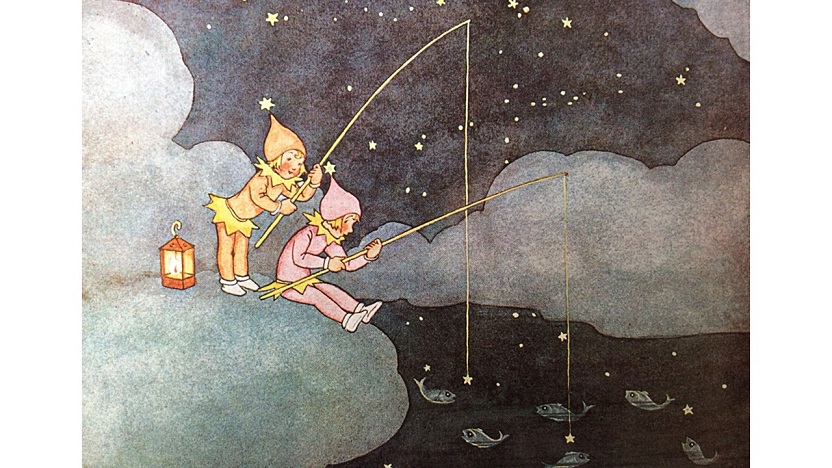
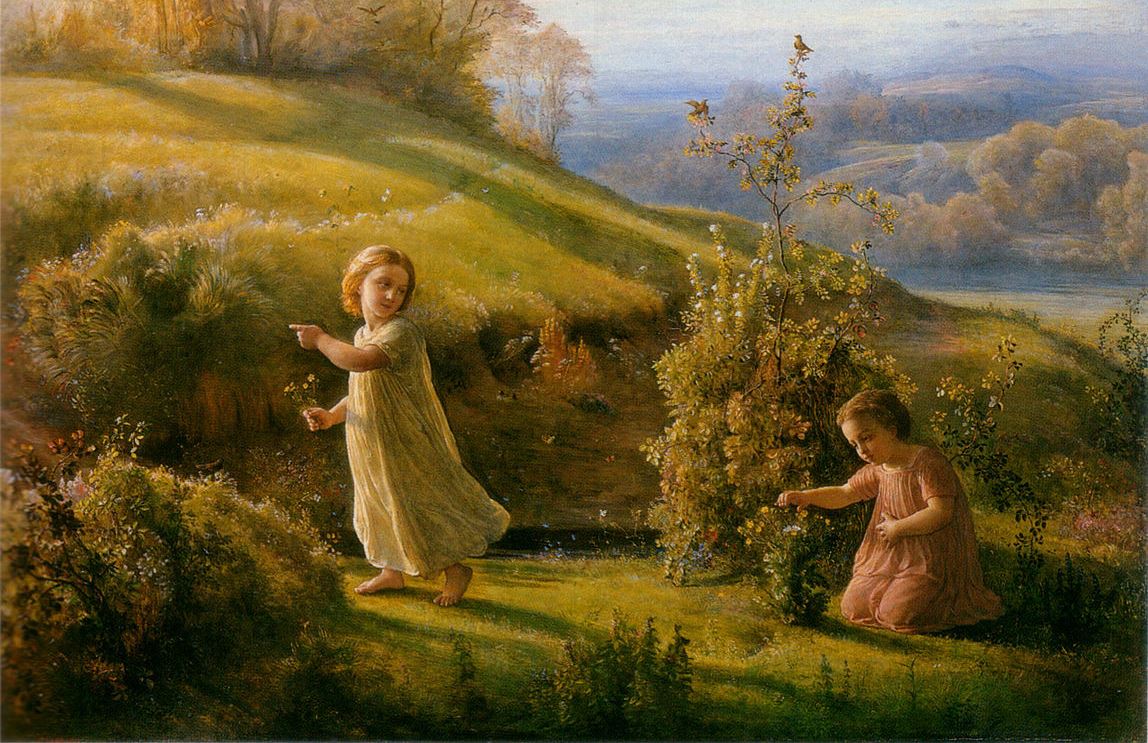


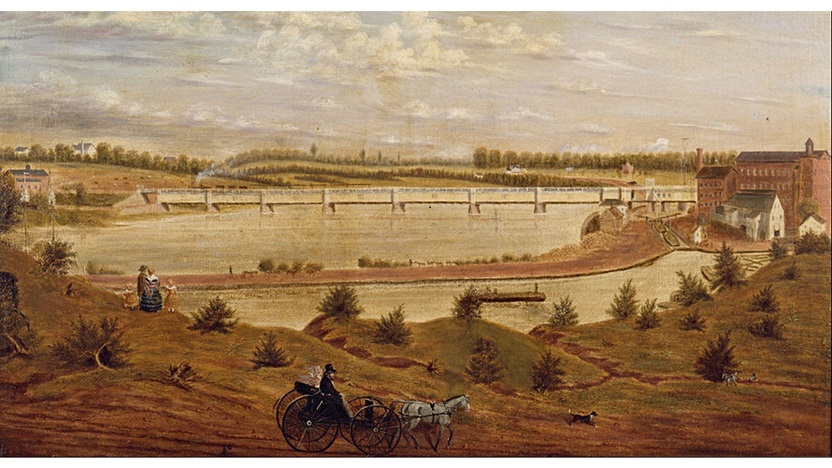
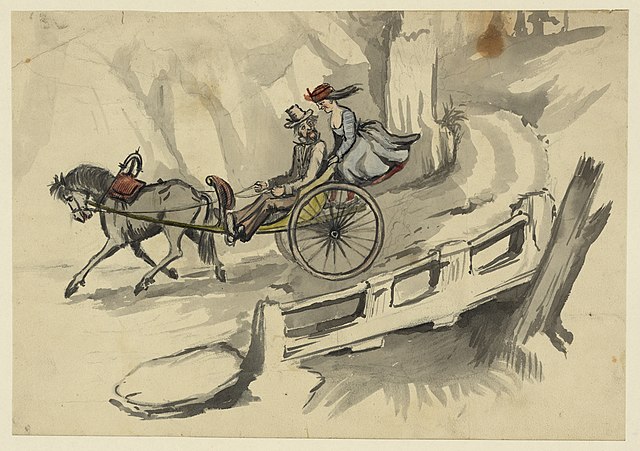


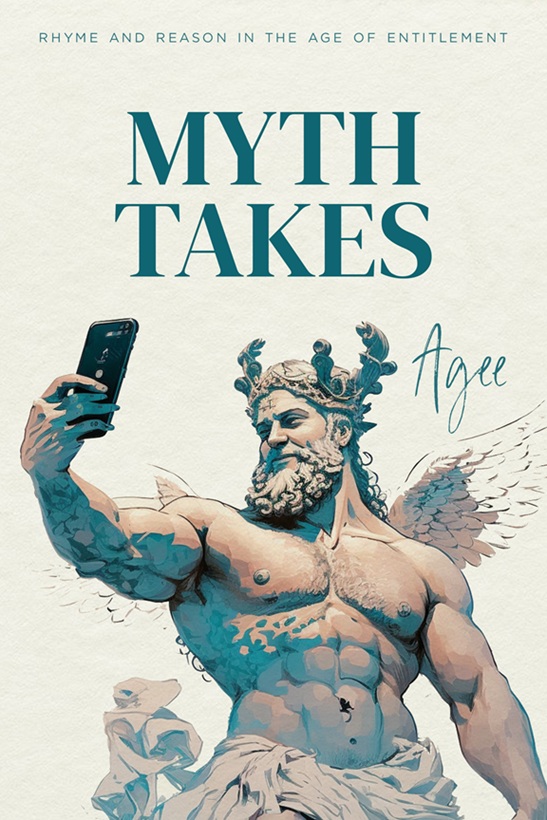








Very instructive, I wish you were my high school English teacher! Instead, I had a REAL Jabberwocky!
Ha! Very nice Michael – there are lots of Jabberwocks about! Beware, beware!!! Thanks.
Marvelous stuff, James!
Great choice of poetic elements, good examples and even better questions designed to teach, to explicate and to encourage the pursuit of hands-on creativity which, perhaps for one or two students in a classroom of 30, might lead them to discover that they have a muse (or, rather, that a muse has them!).
I recall similar good stuff (of the Elizabethan variety) shoveled onto my junior year high school English class by a student teacher, a tour de force effort that brought the gift of poetry into my own life—something for which I shall be forever grateful.
How wonderful if your efforts did the same for a new generation of poets.!
Bravo!
Thanks James – like the story about the student teacher – amazing what the young can do to change lives!!! Whatever happened to him? Let’s hope he had a great life. Especially glad you like the questions designed to teach and get them involved in the process. You can’t ‘teach’ the Muse, but at this level that’s not the point. Have a great Christmas – J
Hangry for more
Poetic form indulged,
As like our friend, past teachings failed I loathed.
But here, caught trapped within the lines I’ve read,
Is your great guidance from which to be led.
Fun and clear breakdown of poetic techniques! Informative to the novice, rejuvenating to all else!
Like that Pepper: ‘rejuvenating to all else!’ Thanks – I hope so!
These are fun poems. I wasn’t familiar with a lot of these. Especially enjoyed Crapsey’s cinquain – one of the notable innovations of 20th century formal verse that doesn’t get as much attention as it should. Your exercises you append to the end of each are also imaginative. I imagine this list was developed over a period of trial and error during your teaching days?
Thanks Andrew – yes, I am a big fan of Crapsey (though not the name) and like to plug her work. The genius of the form is that it is syllabic but can easily accommodate iambs and trochees. The final line in this poem by her is of course a brilliant spondee that really emphasises her meaning. As for your imaginations, you are quite right: I taught English for 15 years and wrote not just lesson plans but over 20 books on teaching English in the classroom, so I have a big back catalogue of these things! I notice that one of my favourite books (published by Macmillan, co-written with my friend David Orme and now nearly 40 years old and out-of-date) is still listed on Amazon.com and the cover is “coming soon”! Wow – https://www.amazon.com/Poetry-Show-Bk-3/dp/0333397878/
I could have used some the lessons in my high school! I appreciate sharing these. I loved the anonymous version with the wonderful rhymes and the repetitive beginnings.
Thanks Roy – hopefully something interesting for everyone!
This is the kind of study unit that a serious and dedicated teacher puts together. It is packed not just with information, but with the very visible enthusiasm and love of someone who truly enjoys poetry, and wants to share that delight with students.
One can also tell (as students always can) that the work that went into preparing this unit was not onerous or tedious for the teacher. It was composed with joy and unbounded energy.
As for today in English classes… sic transit gloria mundi.
Thanks Joe – you are right – the problem in assembling this was all the information and cross-references I had to leave out – just give the bare bones as it were – to make it manageable and not a book! I once was a serious and committed teacher, and I guess in my later career as a coach, trainer and consultant, I still retain that aspect of myself – mastery is the thing!
As a high school teacher of English (9-12), for over three decades, at the end of the senior year, I made a list of all the works students read the previous four years, and asked them to note their top five likes of the hundreds of works we had read, and the top five dislikes, from Homer to the present. “Huck Finn” was ever in the top two, year after year. I also frequently found Poe’s short stories in the top likes. Poems rarely made the top ten over the decades; though there were a few, like Homer’s “Odyssey”, Blake’s “Tyger”, Poe’s “The Raven”, Kipling’s “If”, or Frost’s “The Road Not Taken”.
Though I taught so much American and World literature in those years, I emphasized the students’ writing first and foremost, especially structure, individual grammar and spelling. In the Freshman and Sophomore years, I emphasized the formal essay in prep for state testing; in the Junior year, the nonliterary research paper was the major written work; in the senior year, essay exams on works, like “Macbeth” and “Gulliver’s Travels”. Throughout the years, I also had them write informally…constantly. Students were also able to earn extra credit by writing their own essays, stories, and poems. Though I love literature, I always thought it was most important students develop their own writing for life.
Bruce,
When it comes to priorities between reading and writing it seems to a both/and ending in a dead heat!
In my own life, extensive reading of all kinds provided a solid foundation for my writing, which was what ultimately carried me forward creatively, academically, intellectually, and vocationally. Your students were blessed to have been exposed to such thorough and rigorous discipline and expectation. I am grateful for those teachers who did the same for me. No doubt your students remember you fondly, as well.
Merry Christmas.
Mr. Tweedie,
It was a unforgiving task to run the students through as many of the types of writing that there are, e. g., oratory, allegory, satire, romance, epistles, journals, memoirs, sermons, law, reference, didactic, lyric, epic, education, history, translation, science, criticism, philosophy, comedy, tragedy, biography, short stories, fables, novels, essays, theology, expository, politics, descriptive, prophecy, persuasive, narrative, e-mails, proverbs, poetry, drama, sketches, articles, how-tos, monologues, advice, opinions, dissertations, resumes, blogs, notes, copywriting, editing, research, technical, wit, and humour.
Also, as I was the main mathematics teacher, I had to teach classes from algebra and geometry, to trigonometry and calculus. It was definitely a challenge to reveal the intricacies of mathematical thought, from abstract complexities to incredible analyses, as well as basic computation and rigorous logic. Thus students would leave my classes to focus on what they wanted to in life, without being inordinately influenced by their instructor.
James, what a sterling job you’ve done – excellent choices and great write ups. I think you’ll attract flocks of budding literature lovers with this! My secondary school English teacher set me on my poetic path. A teacher’s job is priceless, and you’ve made it a whole lot easier for all those shining teachers out there – those with their students’ interests at heart. Great stuff!
Thanks Susan – next job I guess is to do 10 top teaching poems by SCP poets: what to do with the poems in the classroom aside from reading them! That’s always the issue for teachers – by which I mean, real teachers (as you do)! Seasons greetings!!
I wish I’d learned these in school… most of the ones I heard then were the pompous kind that made me think I didn’t like poetry, when I was listening to Georges Brassens (whose music was a continuation of classical French poetry) and reading The D-Minus Poems of Jeremy Bloom by Gordon Korman and Bernice Korman (a humorous collection that, while not the best quality, still had many formal poems and was one of my early exposures to poetry).
I would have included my favorites on this list: “We Are Seven” by William Wordsworth and “Annabel Lee” by Edgar Allen Poe.
Thank you Joshua, though to be clear, I am not including necessarily my favourite – or all my favourite – poems in this selection: I am including poems that I have found useful to teach at this age range. You’ll notice the absence of Shakespeare, Milton, Herbert, Donne and a few others I could name, because the further back you go, the more it requires of the student to tackle it! All in good time. That said, Stopping by Woods … is a masterpiece of the first order, and certainly a favourite or mine.
A fantastic selection of poems, each of which teaches us something new. These are the kinds of poems that will delight and fascinate those new to poetry, but they also teach veterans /adults something important too: that sometimes the merit of a poem (or any piece of art for that matter) is not simply in the words and brushstrokes but the spaces between them that fire the imagination and ask us to fill in, to play, and to create. A beautiful selection & commentary Mr Sale!
Yes, thank you: to play and create indeed. The great works of the past are not just there to educate and entertain us, but also to inspire us. We must never feel or think that art ended about the time our mothers got married!